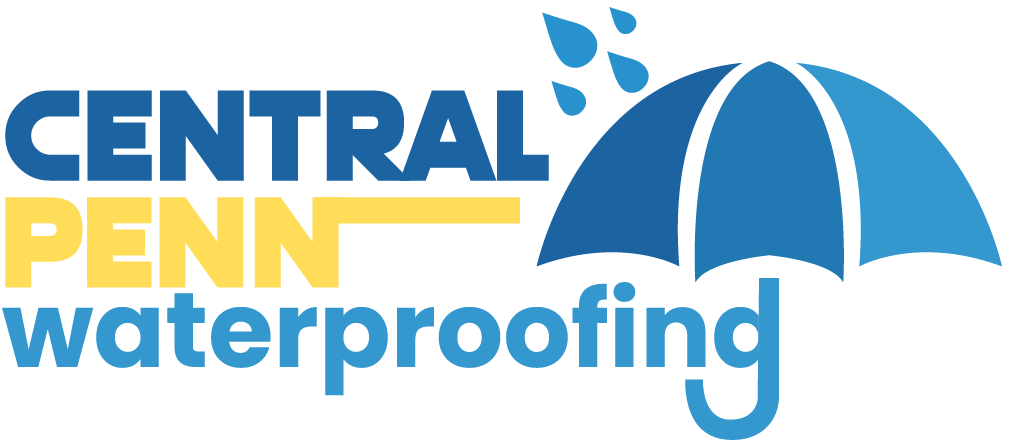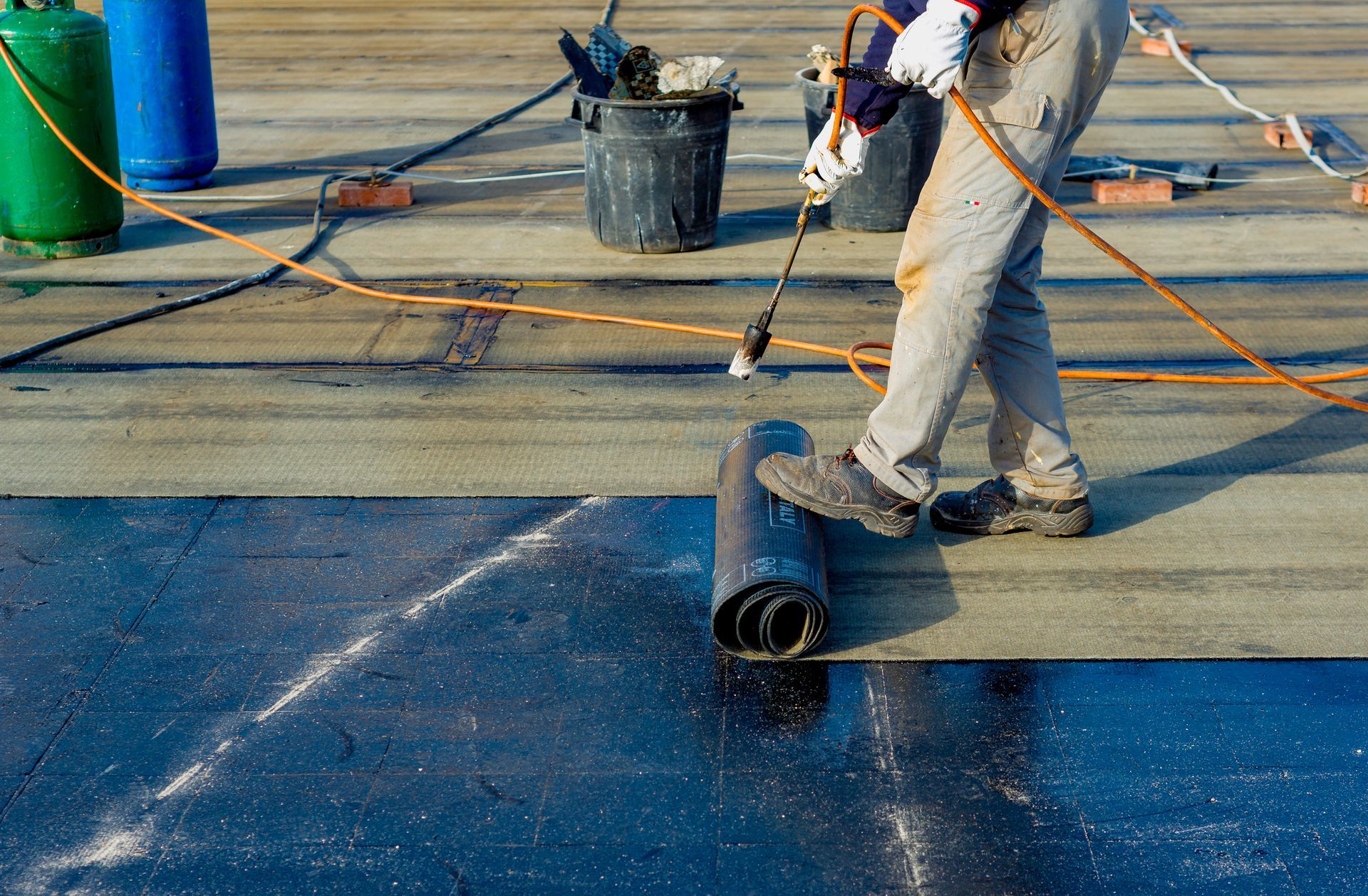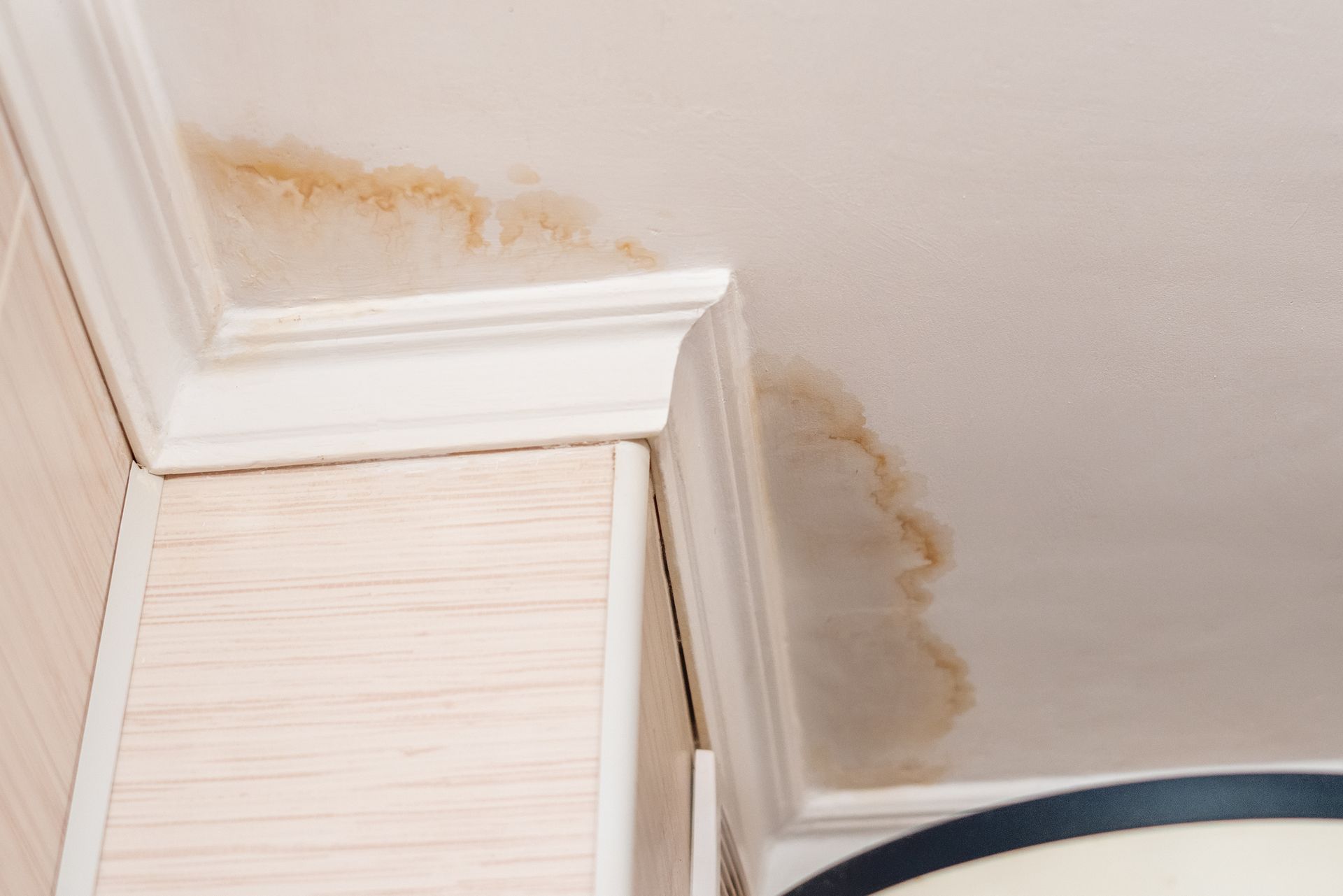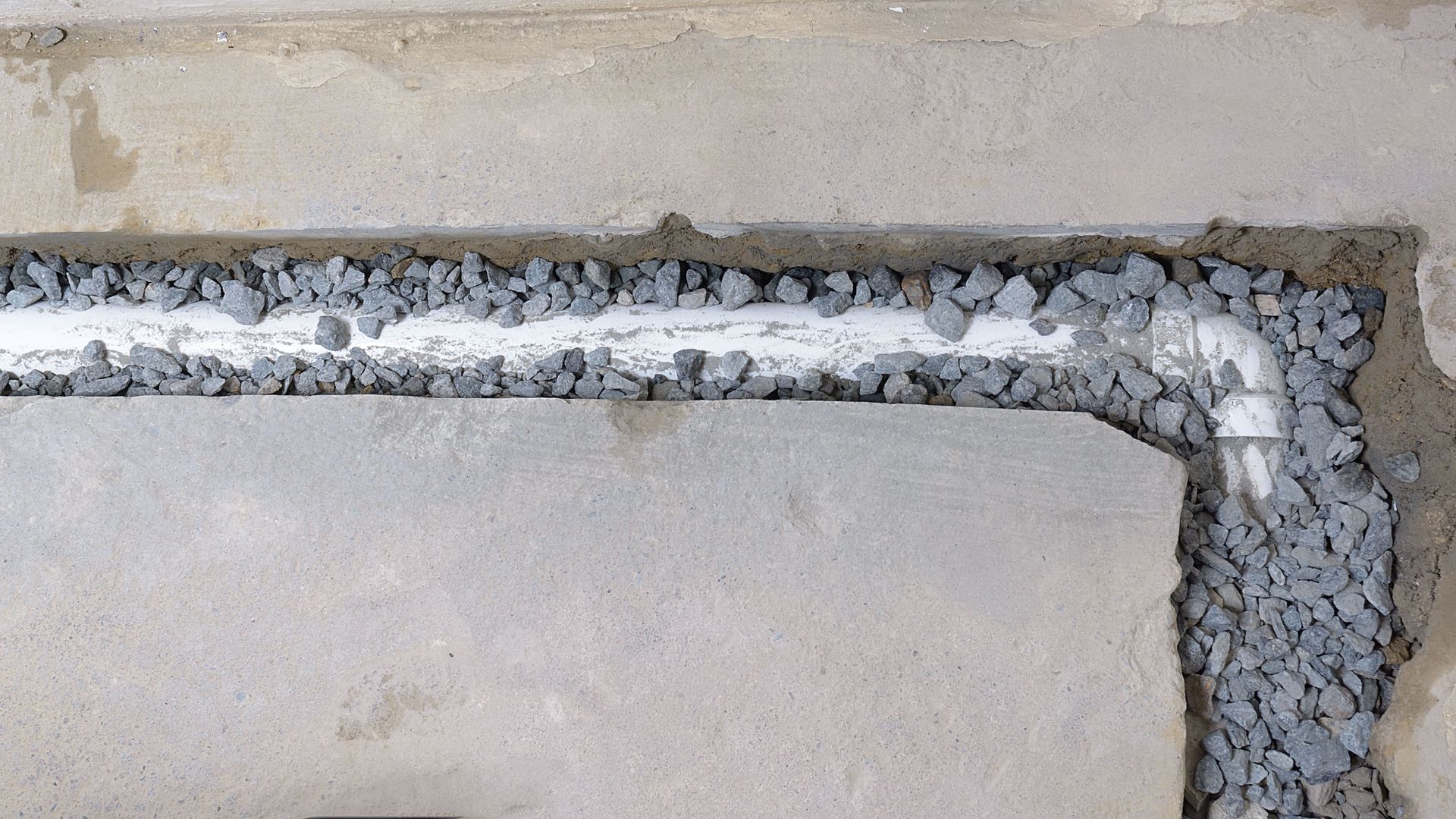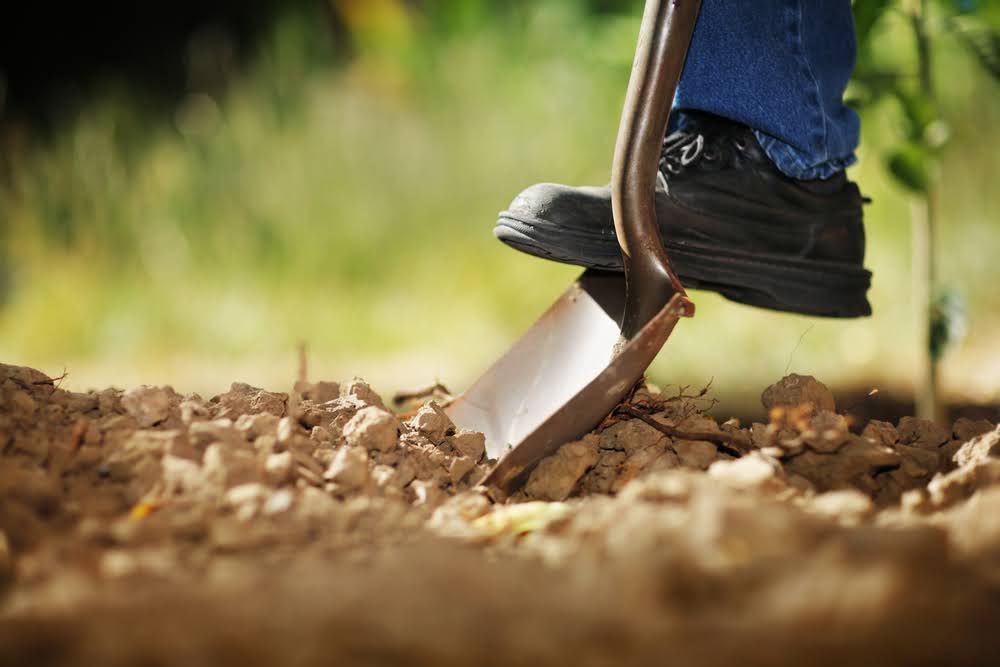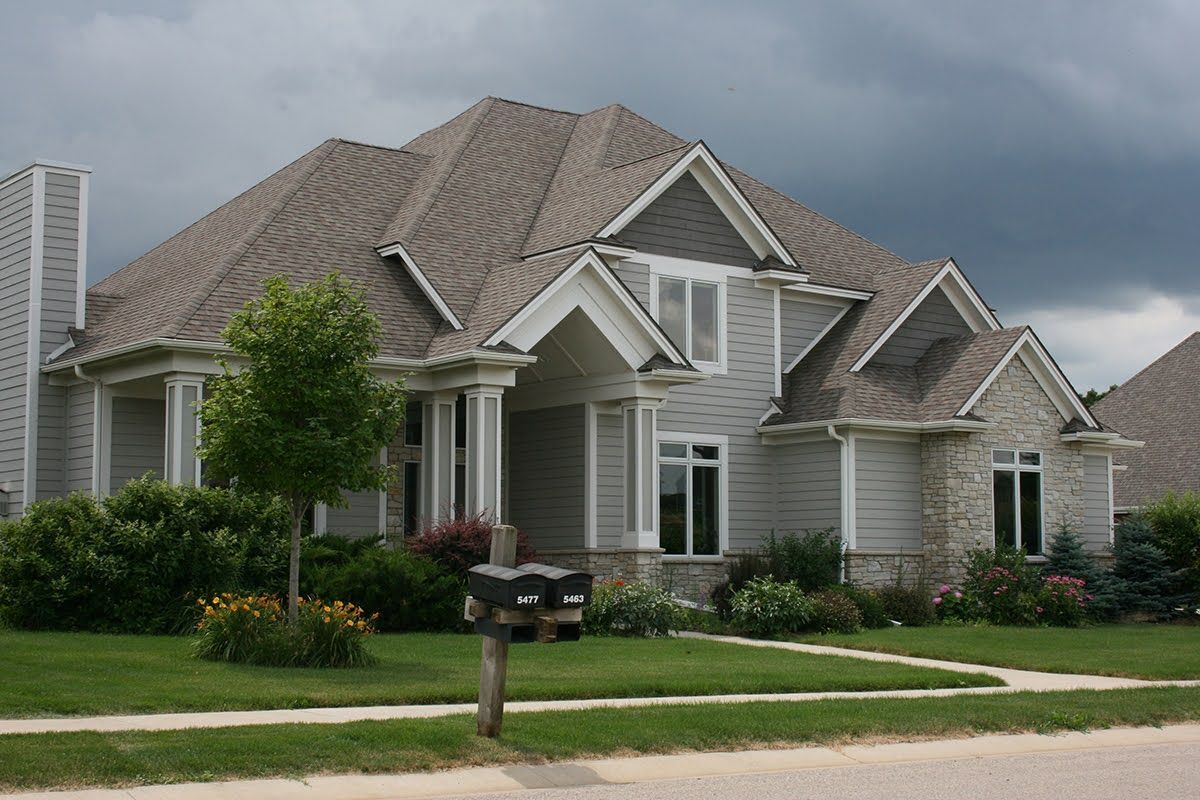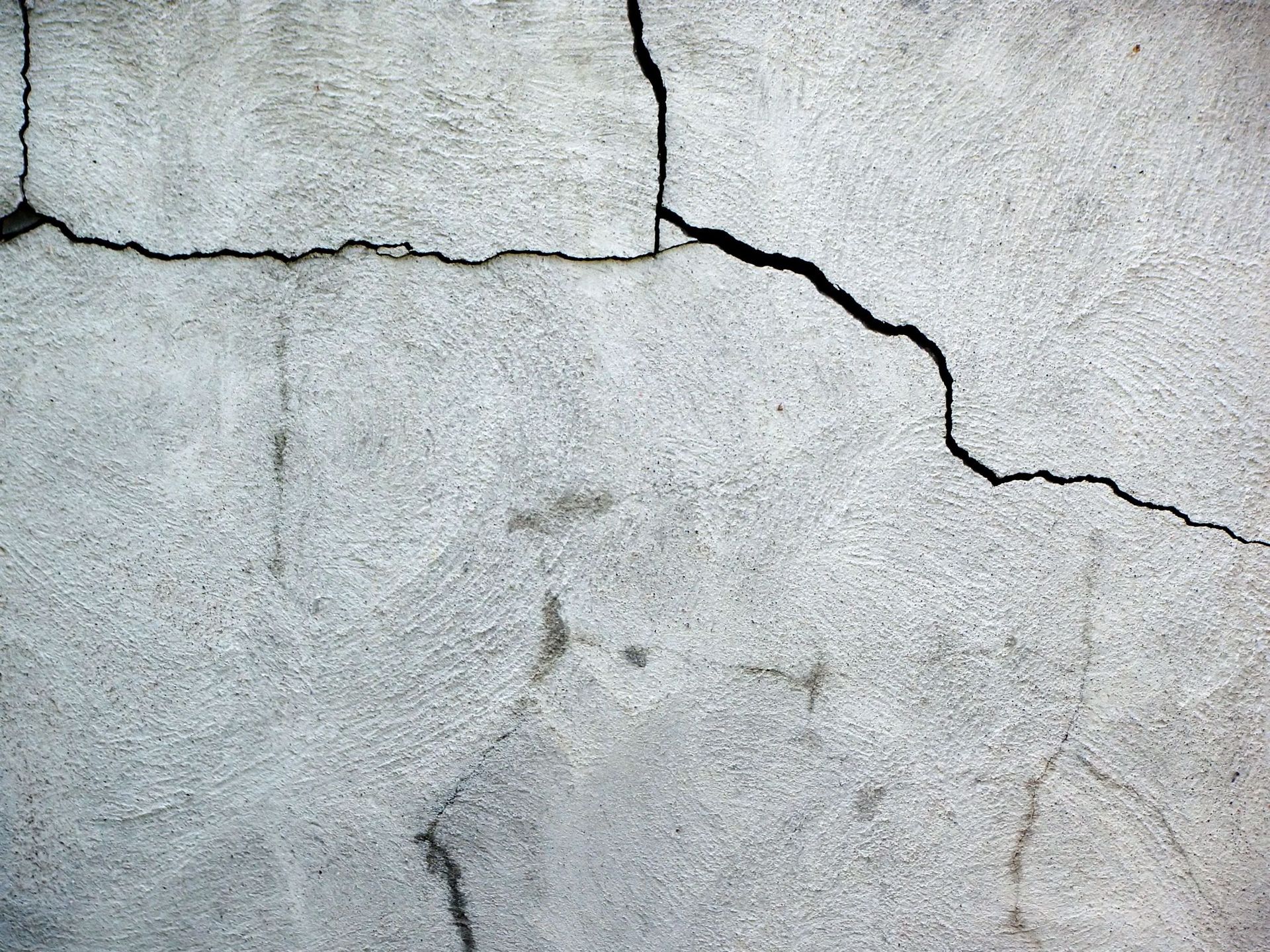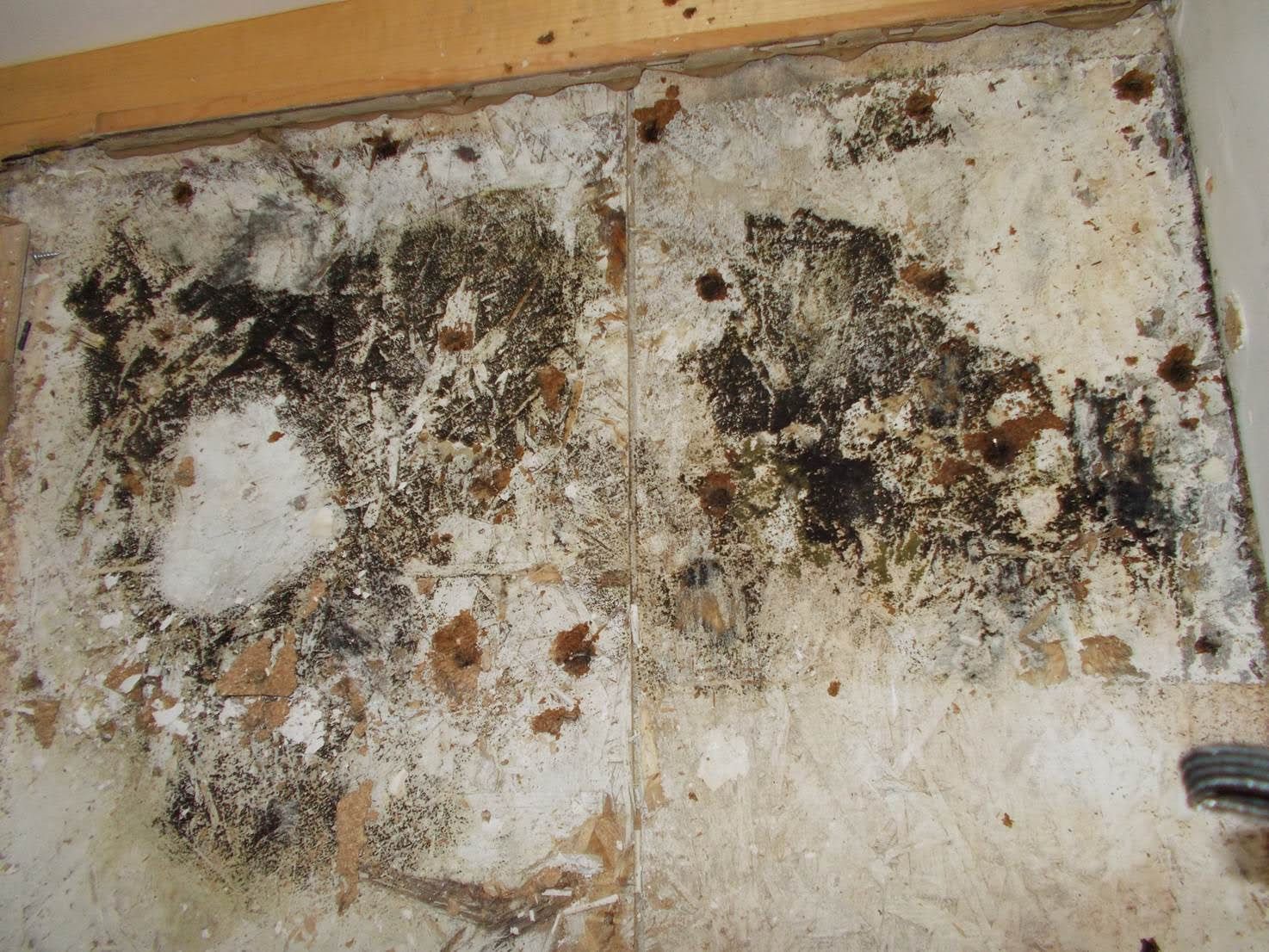Identifying the Signs You Need Mold and Mildew Removal
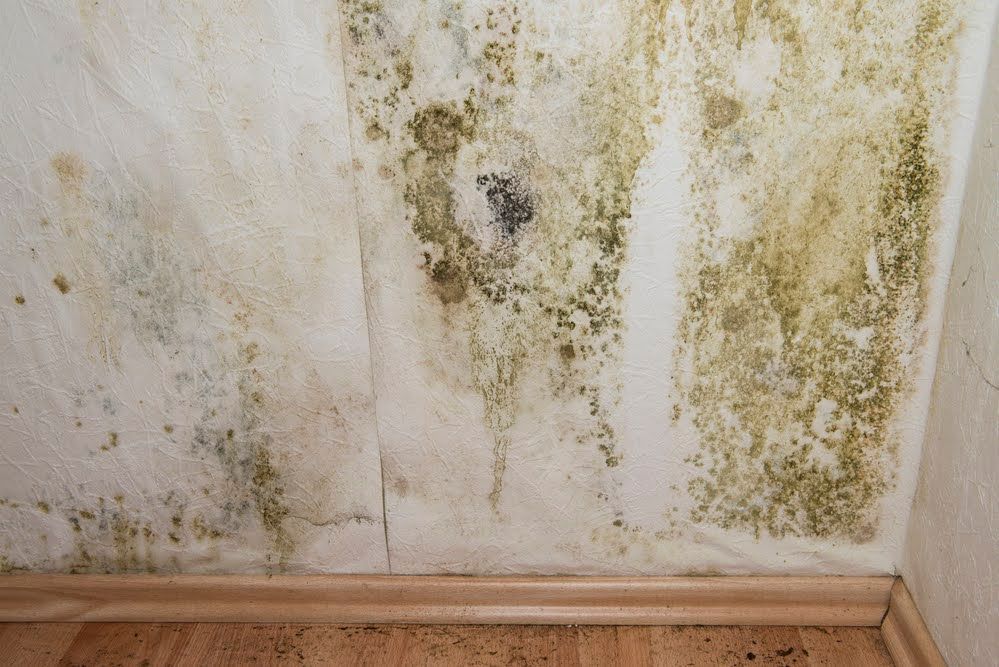
Mold and mildew are not just unsightly; they pose significant health risks and can cause extensive damage to your home. Recognizing the early signs of mold and mildew infestation is essential for timely intervention. This guide outlines the common indicators that suggest you need professional mold and mildew removal services.
Understanding Mold and Mildew
Mold and mildew are types of fungi that thrive in moist and humid environments. Mold comes in various colors, including black, green, and white, and tends to be fuzzy or slimy. Mildew, on the other hand, is usually white or gray and has a powdery appearance. Both are harmful and can spread rapidly if not addressed promptly.
Common Causes of Mold and Mildew Growth
Before identifying the signs of mold and mildew, it's crucial to understand what causes their growth. Common causes include the following.
- Leaky roofs or pipes
- Flooding or water damage
- High humidity levels
- Poor ventilation
- Damp basements and crawl spaces
Visible Signs of Mold and Mildew
One of the most obvious signs of mold and mildew infestation is visible growth on walls, ceilings, and other surfaces. Mold often appears as black or green patches, while mildew is typically white or gray. These patches may start small but can quickly spread, covering large areas.
Discoloration and Stains
Discoloration or stains on walls, ceilings, or floors are strong indicators of mold presence. These stains can be black, brown, yellow, or green and often signal water damage, which provides an ideal environment for mold growth.
Musty Odors
Another telltale sign of mold and mildew is a persistent musty odor. This smell is often described as damp or earthy and can be particularly strong in enclosed spaces like basements, attics, and crawl spaces. Even if mold is not visible, the presence of this odor suggests mold spores in the air.
Health Symptoms
Mold and mildew can have adverse effects on health, especially for individuals with respiratory issues, allergies, or weakened immune systems. Common health symptoms include the following.
- Chronic cough or sneezing
- Irritated eyes, nose, or throat
- Skin rashes
- Asthma attacks or difficulty breathing
If these symptoms improve when you are away from home, it could indicate mold or mildew in your living environment.
Water Damage and Leaks
Water damage is a significant contributor to mold growth. Signs of water damage include peeling paint, warped walls or floors, and water stains. These issues should be addressed immediately to prevent mold and mildew from taking hold.
Condensation
Condensation on windows, walls, or pipes is another indicator of excessive moisture. This moisture can create an ideal breeding ground for mold and mildew. If you notice frequent condensation, particularly during the winter months, it’s essential to investigate the cause and take corrective action.
Poor Ventilation
Poor ventilation can trap moisture inside your home, providing a perfect environment for mold and mildew. Signs of poor ventilation include foggy windows, mold growth in bathrooms, and a general feeling of stuffiness. Ensuring proper ventilation, especially in high-moisture areas like kitchens and bathrooms, can help prevent mold growth.
Insects and Pests
Insects and pests are often drawn to damp, moldy environments. If you notice an increase in pests like cockroaches, ants, or rodents, it may be a sign of underlying mold problems. These pests can contribute to the spread of mold by carrying spores on their bodies.
Unexplained Allergy Issues
Unexplained allergic reactions such as sneezing, itchy eyes, or skin rashes can be triggered by mold spores. If these symptoms persist without a clear cause and improve when you leave your home, mold could be the culprit.
Professional Inspection
When in doubt, a professional inspection is the best course of action. Professionals use specialized equipment to detect mold, even in hidden areas like behind walls or under floors. They can also identify the source of moisture and recommend effective remediation strategies.
Recognizing the signs of mold and mildew early can save you from extensive damage and health issues. It is crucial to regularly inspect your home for visible growth, discoloration, musty odors, and water damage. If you suspect mold or mildew, consider hiring a professional service to assess and address the problem effectively. A proactive approach will ensure a healthy living environment and protect your home from further damage.
For professional mold and mildew removal services, contact us today and help ensure your home remains a safe and healthy place to live.
Contact Information
Email: hopecarson3@aol.com

